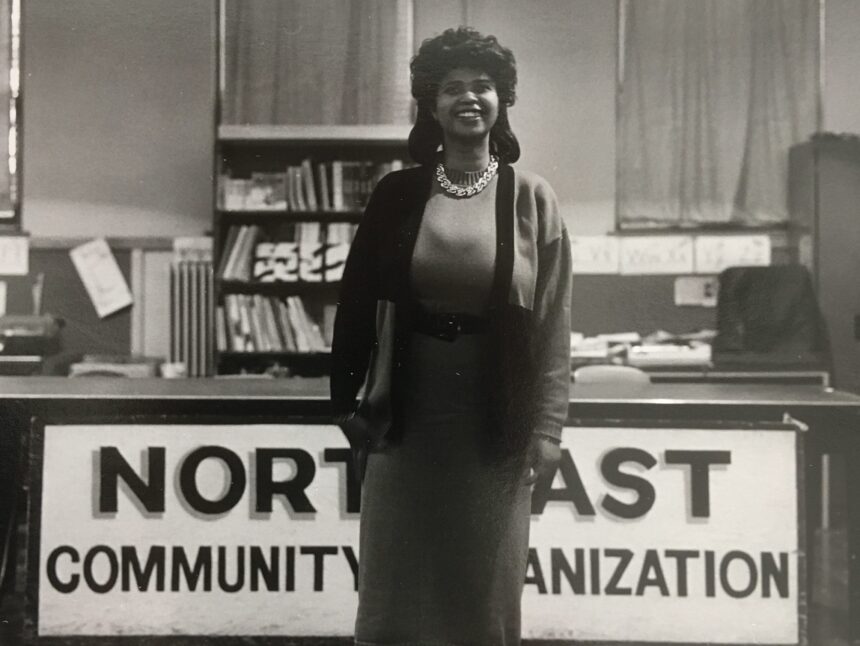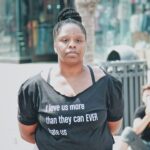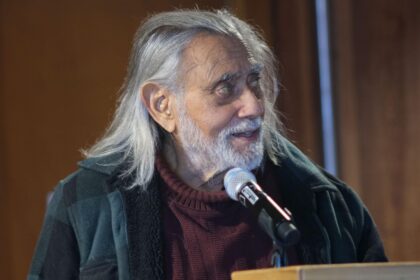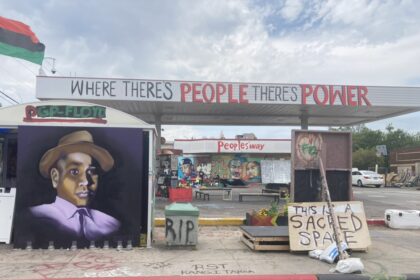Editorial | Fall 2019
Grant Kester
I am pleased to introduce the Fall 2019 issue of FIELD. This is a special issue devoted to the contentious struggle over gentrification in the Boyle Heights neighborhood of Los Angeles, which has unfolded over the past several years. Like so many working-class neighborhoods before it, Boyle Heights has fallen prey to the forces of capitalist property development in its relentless drive to seek out new opportunities for profit-taking. The neighborhood has the unfortunate distinction of being located in close proximity to an increasingly fashionable downtown Los Angeles. As a result, a primarily Latinx/Chicanx working-class community is facing rising rents and evictions, enhanced police harassment, and all the other features of the spatial cleansing necessary to make an area safe for middle and upper-class investment. These forces have, of course, emerged in cities around the world during the past half century. My first experience with this dynamic occurred in Baltimore during the 1980s as the city government used federal Community Development Block Grants, originally intended to empower working-class communities, to encourage private real estate developers to gentrify the inner city [1]. Even then, almost forty years ago, the techniques were well-established. Gentrification entails a mechanism of both cultural re-construction (the area to be gentrified must be seen as dangerous, degraded and in need of “improvement”) and economic appropriation (as existing rental housing is bought up for re-sale). It was in Baltimore (along with New York City’s South Street Seaport) that the concept of a “renaissance” of the city center (implicitly, out of a prior condition of urban barbarism) was first tested. We see this same pattern replicated more recently in the ostensible “revival” of downtown LA. In the final phase of this process some vestigial cultural symbols of the targeted space are appropriated from the actual cultures that authored them (in Baltimore this took the form of notional references to the maritime history of the Inner Harbor neighborhood), and retained as branding devices to attract affluent property owners in search of urban authenticity as well as appreciating property values. In the process the city is re-staged through the strategic concealment of the broader economic effects of capitalist development, as the poor and working class are physically displaced.
In Boyle Heights this process began, as it often does, with artists and artistic ventures taking advantage of lower property values and de-industrialized spaces. But this time there was a concerted push back against this colonizing vanguard, with groups such as Defend Boyle Heights, the Boyle Heights Alliance Against Artwashing and Displacement and other community activists aggressively challenging the encroachment of new art spaces. The complex interactions and conflicts that occurred within the community, among various groups hoping to protect Boyle Heights, and in relationship to the forces of development, are elaborated in the essays here. Of course, aesthetic colonization is not a prerequisite of successful gentrification. The preliminary cultural erasure necessary for gentrification can take place in many other ways (artisanal coffee houses and craft breweries are just as effective as art galleries in this regard). It remains to be seen whether the hostile reception to the mechanisms of “artwashing” will be sufficient to arrest a process whose true power runs far deeper than a handful of galleries renting vacant commercial space. For now, there is much to be learned from the ongoing struggle in Boyle Heights about the complex intersection of art, activism, solidarity and resistance. The co-editors of this issue, Erika Barbosa and Noni Brynjolson, are members of the FIELD collective. They have worked on it for the past year and a half; interviewing Boyle Heights residents and reaching out to the various groups involved in the anti-gentrification struggle, as well as individuals associated with some of the targeted art spaces. We hope that these contributions address this issue with the seriousness that it deserves. I am very grateful to Erika and Noni for their remarkable dedication to this important project. While this issue of FIELD is devoted primarily to Boyle Heights, it begins with an interview I conducted last spring with Patrisse Cullors, a Los Angeles-based artist who is also one of the co-founders of Black Lives Matter. In our interview Patrisse describes a recent work in Santa Monica (Where Will You Go, 2018) which entailed performers acting out a complex choreography based on gestures associated with police arrest and harassment (hands up, verbal police commands, etc.). As she notes, when the performance was staged in the Third Street Promenade it attracted no hostile attention. However, within seconds of staging it in Santa Monica Place (a new upscale mall in the area) they were approached by security and the performance was almost immediately ended. This policing of space and movement, dissent and expression, is of course one of the key issues at stake in the Boyle Heights struggles as well. I’m grateful to Patrisse for the opportunity to include this interview in FIELD.
[1] See Grant Kester and Chris Hartlove, A Survivor’s Guide to Baltimore’s Renaissance, (Self-published with support from the Maryland Arts Council, 1992) https://www.academia.edu/5339291/A_Survivors_Guide_to_Baltimores_Renaissance_1992_











